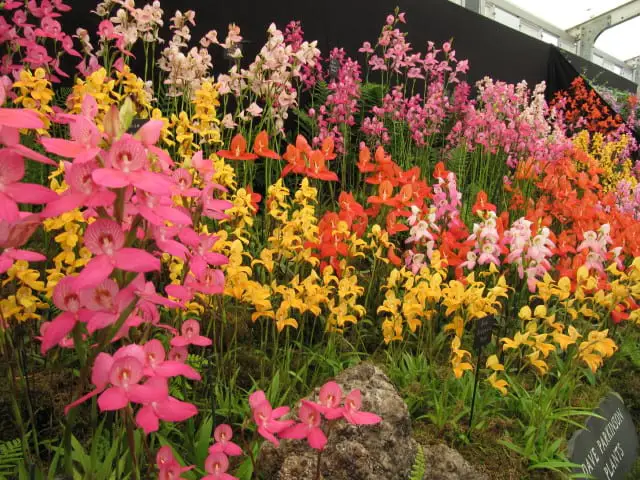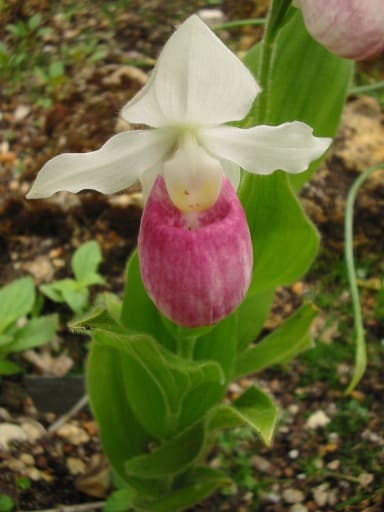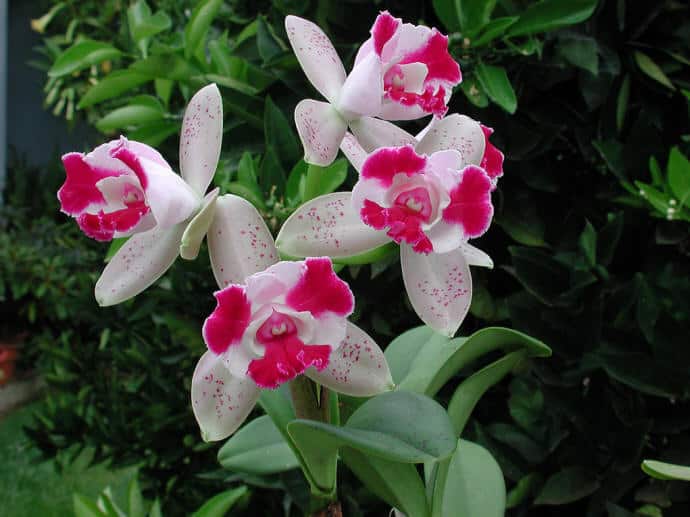Growing Miltonia Orchids
Growing Miltonia Orchids The Miltonia orchids are intermediate climate orchids. These orchids are found in its natural habitat in places like Brazil and to a lesser extent in Columbia and Ecuador as well where the Miltoniopsis orchid tends to thrive since they are slightly cooler-growing orchids. The everyday name of the Miltonia orchids is the Pansy Orchids. This is due to the Miltonia orchid flower resembling the Violas of Pansies as they are fondly…





